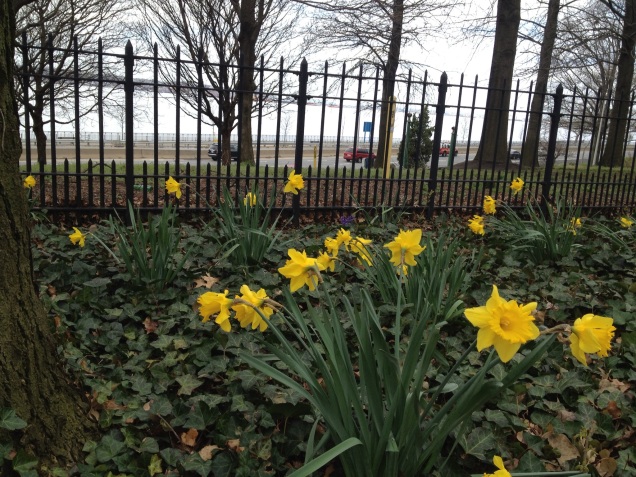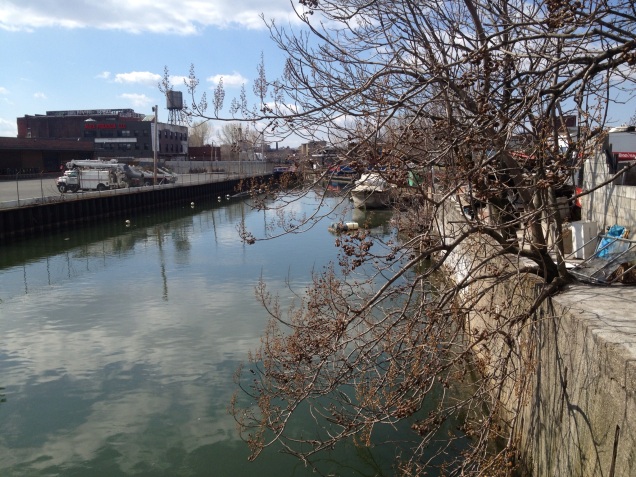It’s Springtime in Staten Island, too! A couple weeks ago, I posted several pictures of tulips and daffodils, pear trees and cherry trees, from Brooklyn and Manhattan. A friend of mine noted that I missed Staten Island, a especially grave oversight because I happen to live in Staten Island.
With the FDR Boardwalk here closed since Hurricane Sandy, my Brooklyn Half Marathon training has brought me to Clove Lakes Park and Silver Lake Park, which, like parks across the city, are bursting with brilliant yellow, pink and white blossoms. I’ll post some pictures below, but first, some background on the parks.
Clove Lakes Park is the more heavily used of the two parks, with a steady stream of runners and walkers taking advantage of its paths and recreational facilities that stretch from Victory Boulevard north to Forest Avenue. Centuries ago, a brook flowed through this area to the Kill Van Kull; but over the years, several dams have been built to create the lakes and ponds that now give the park its name.
The city acquired the land in the early 1920s, and in the 1930s, it was developed as a city park. Today, Clove Lakes Park is home to playgrounds, ballfields and an ice skating rink. It is also home to the oldest living thing on Staten Island, a more-than-300-year-old tulip tree, which drew a small crowd of admirers taking pictures of it Saturday morning.
Just to the East and almost adjacent is Silver Lake Park. To me, this park has a fascinating history. As I run along the serene paths on a Saturday morning, I try to imagine what this park once was:
Silver Lake has a long history of both recreational and commercial uses. During the 19th century, a casino and saloon existed on the lakeshore and several companies harvested its ice. Staten Islanders used the lake for boating and ice skating in that era, and in February 1897, Silver Lake hosted the National Skating Amateur Championship races.
Someday, I’d love to dig up pictures of the saloon and casino that once existed here.
Exactly 100 years ago, the lake was drained, and converted to a working reservoir, the endpoint of the city’s Catskill water supply system. The body of water currently at the center of the park no longer holds potable water (though it is clear enough to see rocks under a foot or two of water); it instead serves as drainage for underground storage tanks.
A picturesque causeway bisects the lake—so instead of running a 1.3-mile lap around the lake, I prefer to use the wide, paved causeway and run a 1.6-mile figure 8.
Silver Lake Park is also home to a golf course. I wonder, though, how many of the golfers know the history of the ground beneath the 18th fairway:
Land from Marine Cemetery, a nineteenth-century burial site for the Marine Hospital Quarantine in Tompkinsville, was added to the park in 1924. In 1928 the land was converted to a golf course, and in 1994 researchers discovered documentation linking the site to its past use as a cemetery. Today it is thought that perhaps several thousand immigrants, including many Irish escaping Ireland’s Potato Famine, who died from contagious diseases after landing in the United States are buried under the 18th fairway of the golf course.
On that uplifting note, here are some pictures of the two parks, showing off their Spring colors:


Silver Lake Park














